Indian Telecom major Bharti Airtel has rolled out a new enterprise cloud communication platform, Airtel IQ, to help businesses scale their digital transformation efforts.
Airtel IQ has been launched by the company to leverage the cloud opportunity driven by the sudden upsurge in India’s work-from-home environment. Bharti Airtel currently serves over 2500 large businesses and over 500,000 small and medium enterprises across India through its Airtel Business division. The telco says that Airtel IQ can help organizations integrate their communication across business practices — marketing, sales, customer service, and operations.
The Airtel IQ solution has been fully developed by Airtel’s in-house engineering teams and natively integrated into the Telco-grade infrastructure. According to Airtel, it has already signed up companies such as Swiggy, Justdial, Urban Company, Havells, Dr. Lal Path Labs, and Rapido as customers for Airtel IQ during the beta phase itself.
In the post-COVID-19 environment, enterprises are putting greater stress on business model improvisation and infrastructure modernization. And as such, Indian telecom providers like Airtel see a huge opportunity to diversify its offerings along with the connectivity solutions for a better growth. (See: Airtel launches Work@Home for business continuity)
Airtel’s internal estimates project the Indian cloud market size at around US $ 1 billion and growing at 20% y-o-y. With this new Airtel IQ solution, the company aims to capture a sizable share in this opportunity.
Tapping enterprise opportunity for growth revival
The ongoing crisis has resulted in colossal growth of remote working and dispersed workforce ecosystem. This unexpected change has ensued in a swift acceleration in the digital transformation plans of several organizations. Enterprises are rapidly shifting gears to advance their digital transformation efforts and fortify virtual presence for business resiliency. (See: AI-driven analytics is CIOs’ mantra in the new normal)
Bharti Airtel, who has been facing tough competition from Jio in the race to become the country’s leading mobile operator, has unique strengths and setting to address the growing demand for digital transformation solutions. Its newly appointed Enterprise Business CEO, Ganesh Lakshminarayanan, a former Dell executive, has earmarked firm growth plans for the company’s B2B division growth.
Airtel has been making rapid strides in its enterprise business growth, which is currently growing at a rate of 9.2% year-on-year.
For the last 24 months, besides enterprise connectivity, the company is making robust efforts to develop cybersecurity competencies, machine to machine (m2M), data centers and cloud, and unified communications.
The public, private, and hybrid cloud offerings are a growing focus area for Airtel’s enterprise arm. Also, it is offering security as a service.
Airtel’s digital transformation efforts don’t just restrict to the cloud. It even plans to have a more substantial presence in the cybersecurity solutions market, which has been growing due to the rapid digitization and increased mature online attacks.
Early this year, it is setting up a suite of cybersecurity solutions for enterprise customers to protect data and data from online attacks. It has invested about ₹100 crores in building an Airtel security intelligence center in Delhi NCR that boasts access to advanced technology and artificial intelligence tools.
Partner-led approach to ensure digital transformation readiness
One of the biggest realizations that Indian companies have lately identified is that to endure the most challenging battles, they need to partner with several partners to diversify well and succeed. Airtel, too, has been pursuing this strategy. (See: Tech Cos take M&A route for digital transformation supremacy)
Airtel already owns a cloud platform and recently entered into a strategic union with Amazon Web Services (AWS) to launch more enterprise customers’ cloud services. Another noteworthy alliance that it announced recently was with Radware, a cybersecurity and application delivery solutions. Under the partnership, Airtel will offer Radware’s cloud security services to enterprise customers. Airtel has also collaborated with Cisco, a networking giant, to offer monitoring, analysis, and investigation of malicious code services to its customers.(See:
Airtel beefs up cybersecurity portfolio, eyes new business)
According to the consultancy firm Deloitte, India’s IoT market size has been projected to reach about $9 billion by 2020. This is a massive opportunity for India’s leading connectivity provider Airtel, who is also prepping up for the forthcoming 5G ecosystem.
Bharti Airtel has been extensively developing consortium and partnerships in the internet of things (IoT) and surveillance space to build future-ready applications. It is developing a narrowband Internet of Things (NB-IoT) network in India and has already identified the sites for the same.



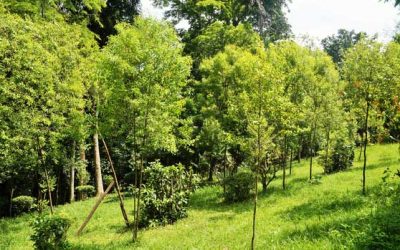
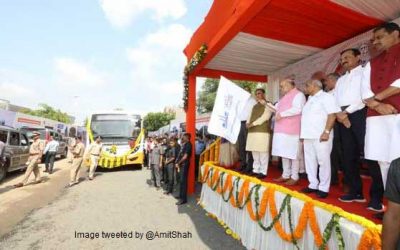

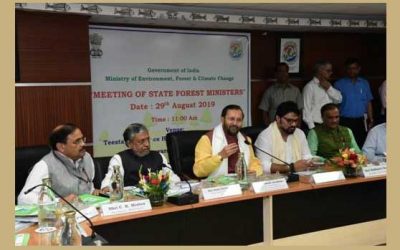

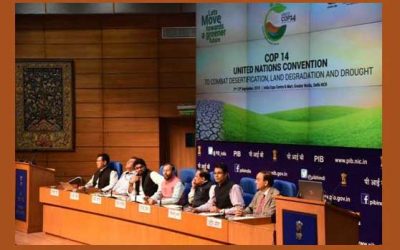

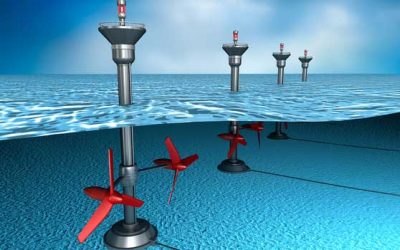
0 Comments